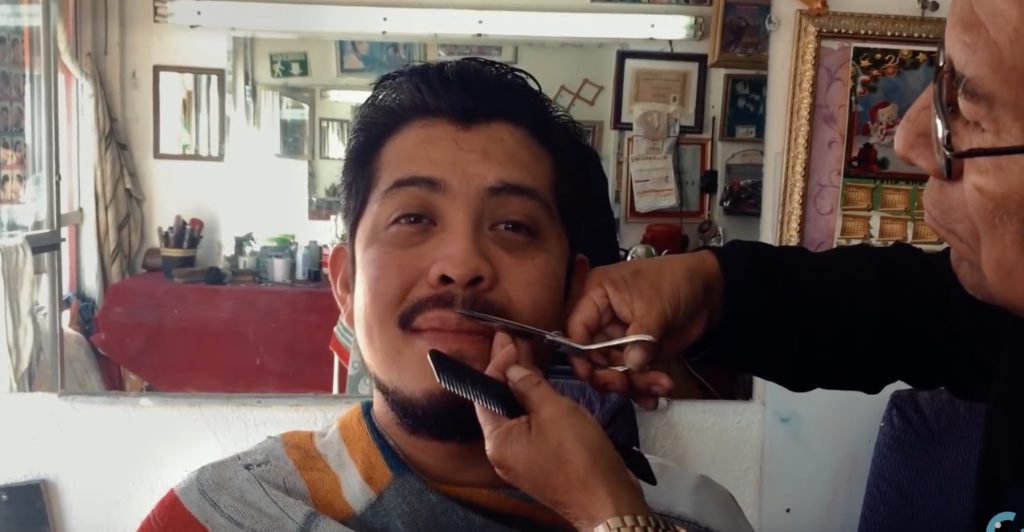If you want to grab an audience from the first frame, start your movie with a close-up. It could be an object that’s usually seen at a distance–for example, a key or a wedding ring. Or it might be part of something, such as a close-up of a pianist’s hands or a dog’s wagging tail. This trick will work with just about any genre including documentaries, music videos, instructional videos, and narrative (story) pictures.
Here’s an example by Philip Bromwell, a professional mobile journalist. Bromwell regularly uses a smartphone to shoot featurettes for Irish TV:
The conventional wisdom is to open a movie with a wide shot that shows a location. For example, it could be a garden where a wedding will take place. That kind of image is called an establishing shot. It creates a context for closer-in shots to follow. The approach works, but a close-up will almost always have greater visual impact. Also, because it will usually intrigue viewers, when you start with a close-up, you immediately signal viewers that they’re in the hands of a creative and competent filmmaker.
Some examples:
- Start a travel movie with a close-up of an airline ticket or a close-up of a suitcase being packed.
- Start a music video with a close-up of drum sticks beating on a drum.
- Start a fix-it video showing the problem, such as a leaky faucet or a flat tire
- Start of horror film with the soon-to-be-dispatched victim’s mouth opened in a scream.
Tips to increase the odds that your opening close-up will be a winner:
- Make sure the subject is in focus. If you’re too close, back up.
- Be extra careful about stability since a shaky close-up can be annoying.
- Keep the clip short, 5 seconds or less. Because of its visual power, holding a close-up on the screen for too long may prove boring.
Have you made a short video that starts with a close-up? If you’d like to share it, write us at info@mobilemoviemaking.com



 Previous post
Previous post
 Next post
Next post





